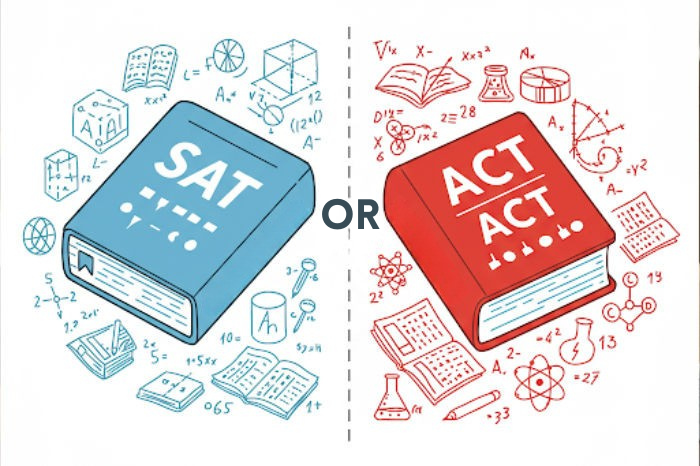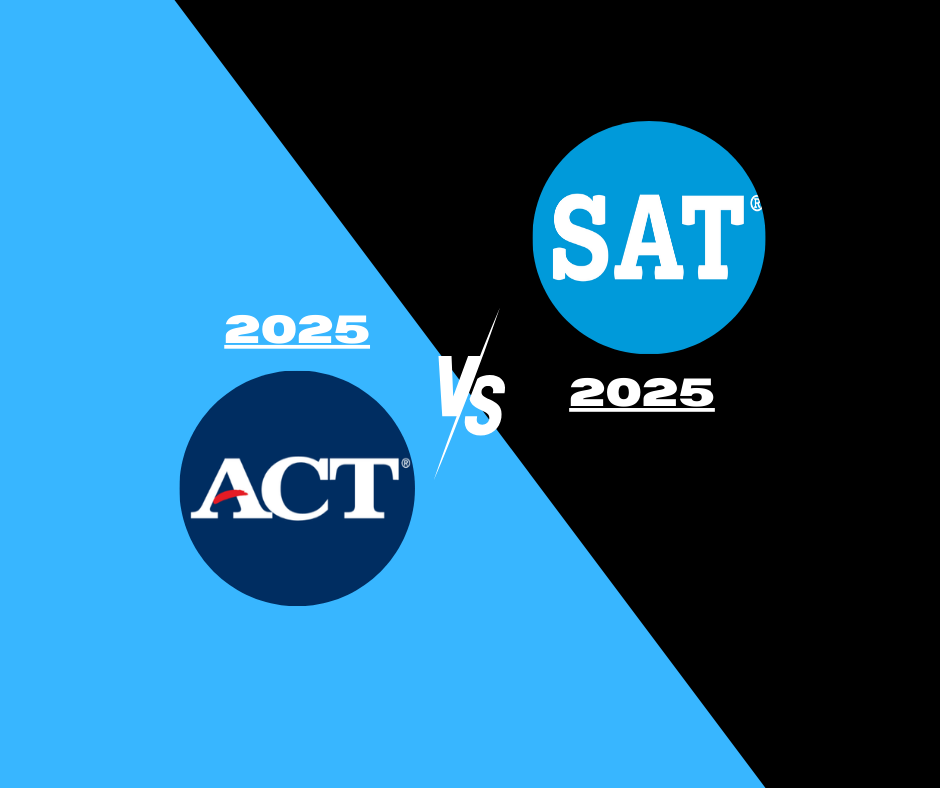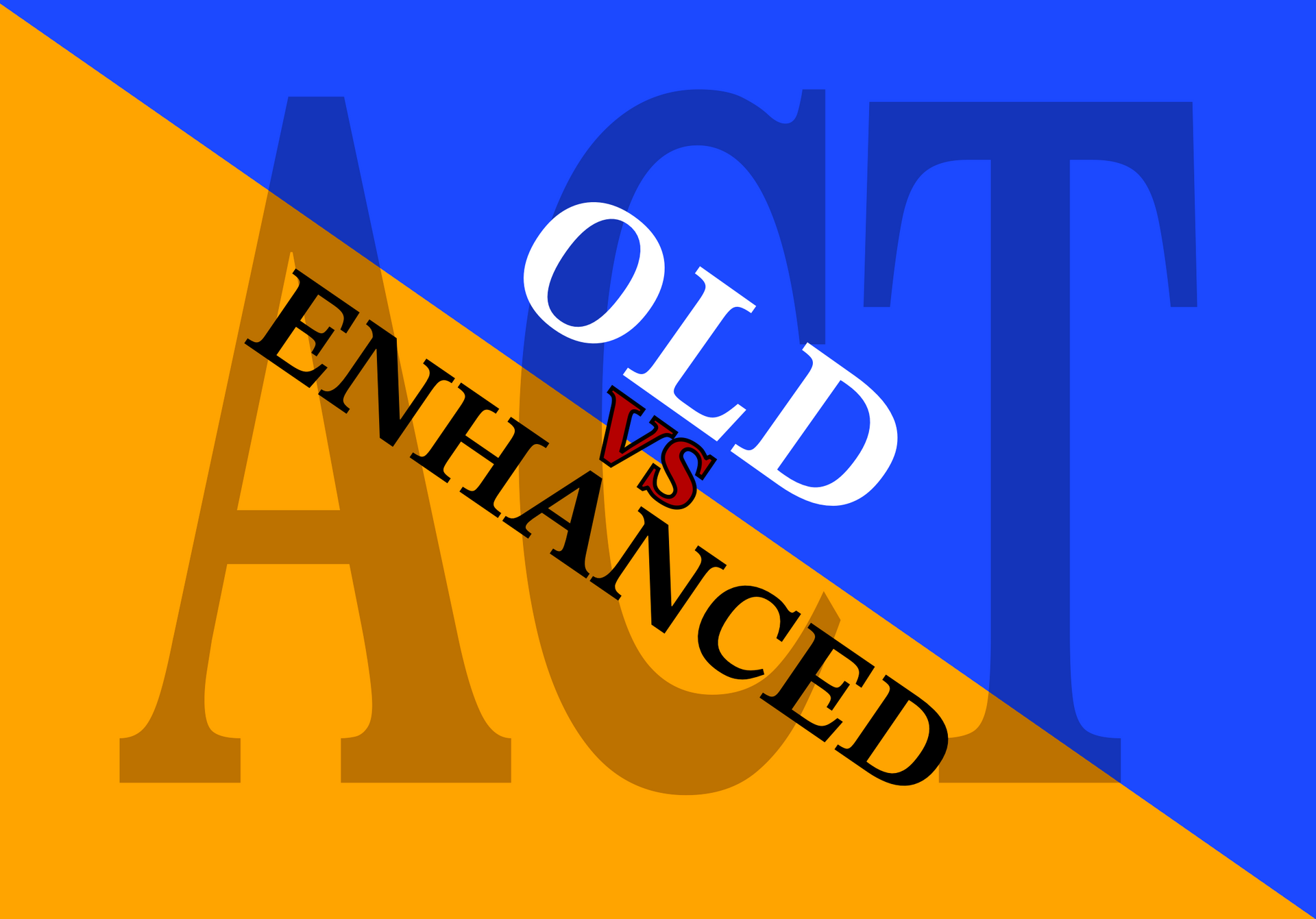Attention Juniors: Make Sure to Get That Letter of Recommendation!
Before heading into summer break, juniors should take an important step in the college application process: requesting letters of recommendation.
These letters are a crucial part of your application—often carrying considerable weight in admissions decisions. Typically, students are expected to submit one counselor recommendation and two teacher recommendations, but it’s essential to check each college’s specific requirements on their admissions website.
Why Letters of Recommendation Matter
- Private colleges usually require at least one counselor and one or two teacher recommendations.
- Many colleges rank these letters as being of moderate to high importance in their decision-making.
- A strong recommendation can influence admissions, scholarship decisions, and placement into honors programs.
Although these letters aren’t submitted until fall, asking for them before summer gives teachers the time and space to write a more thoughtful, detailed recommendation.
Tips for Securing Strong Recommendation Letters
Here’s how students can make sure their letters stand out:
1. Build Strong Relationships with Teachers and Counselors
- Choose a teacher who knows you well, ideally someone from your junior year who teaches a core subject.
- The teacher should be able to speak to your growth, strengths, classroom contributions, and character.
- If you've taken online classes, choose a teacher from a class where you regularly participated, kept your camera on, and stayed engaged.
- Most importantly, choose someone who has a positive opinion of you—you won’t see the letter, so trust and comfort matter.
2. Choose a Teacher from a Core Subject
- Many colleges require that at least one recommender be from a core subject:
- Math
- English
- Science
- Social Science
- World Language
- If allowed, you can include additional letters from coaches, mentors, club advisors, or research supervisors—especially if they know you well in a meaningful context.
3. Ask for the Letter in Person (If Possible)
- Always ask before listing a teacher on the Common App or Coalition App.
- If in-person isn’t an option, send a respectful email requesting the recommendation.
- Never assume—get confirmation before including a teacher’s name on your application.
4. Provide Helpful Information to Your Recommenders
Once a teacher agrees, make it easy for them to write a great letter by sharing:
- Your full name and contact info
- College deadlines
- A list of schools you're applying to
- Examples of your work, achievements, or contributions in their class
Tip: If asked, provide your resume. It helps paint a full picture—but don’t assume it’s required.
5. Respect Deadlines and Send Friendly Reminders
- Keep track of application deadlines and ensure your teachers know them too.
- Follow up politely a few weeks before the due date to confirm everything is on track.
- Organization and courtesy go a long way.
6. Thank Your Recommenders
- A thank-you note (written by hand is even better!) goes a long way.
- A small gesture, like a baked treat or thoughtful card, is appreciated—but a gift card is not necessary or expected.
- Remember: most teachers write these letters on their own time because they care about your success.
Need Help Navigating the College Process?
Homework Hub is here to guide you every step of the way—from planning your college list to securing strong recommendation letters.
Call us at
631-673-7250 Or text us at
516-423-2543
Learn more:
www.homeworkhubtutoring.com/copy-of-college-advisory










